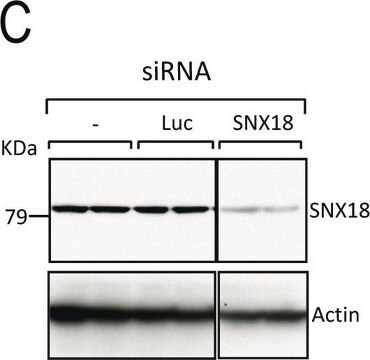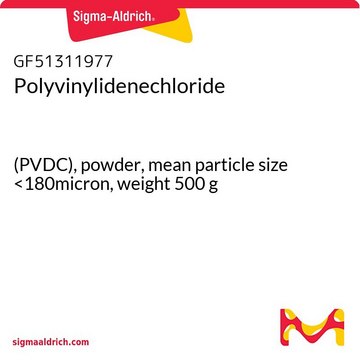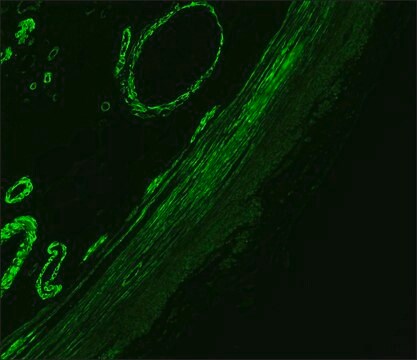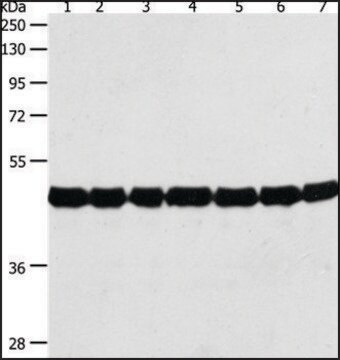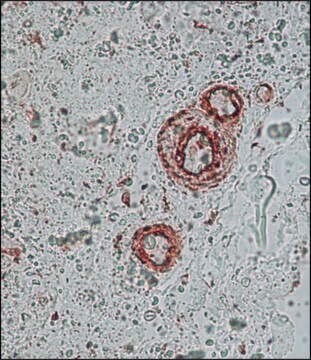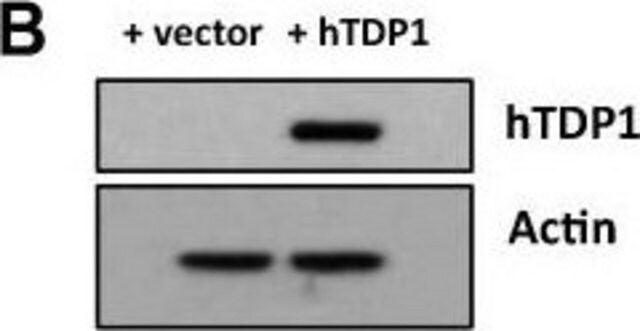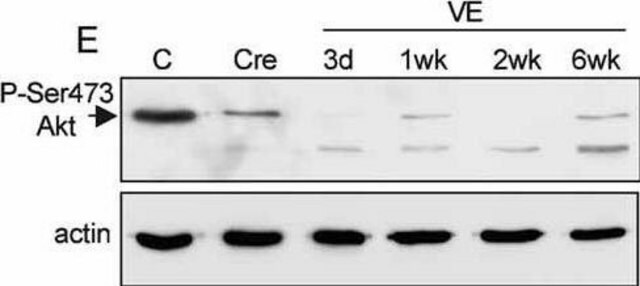A5441
Monoclonal Anti-β-Actin antibody produced in mouse
clone AC-15, ascites fluid
Synonym(s):
Monoclonal Anti-β-Actin, Anti beta actin monoclonal antibody
About This Item
Recommended Products
biological source
mouse
Quality Level
conjugate
unconjugated
antibody form
ascites fluid
antibody product type
primary antibodies
clone
AC-15, monoclonal
mol wt
antigen 42 kDa
contains
15 mM sodium azide
species reactivity
sheep, carp, feline, chicken, rat, mouse, Hirudo medicinalis, rabbit, canine, pig, human, bovine, guinea pig
should not react with
Dictyostelium discoideum
technique(s)
immunohistochemistry (formalin-fixed, paraffin-embedded sections): suitable
indirect ELISA: suitable
indirect immunofluorescence: 1:1,000-1:2,000 using cultured human or chicken fibroblasts
western blot: 1:5,000-1:10,000 using cultured human or chicken fibroblast cell extracts
isotype
IgG1
UniProt accession no.
application(s)
research pathology
shipped in
dry ice
storage temp.
−20°C
target post-translational modification
unmodified
Gene Information
human ... ACTB(60)
mouse ... Actb(11461)
rat ... Actb(81822)
Looking for similar products? Visit Product Comparison Guide
General description
Specificity
Immunogen
Application
- in immunofluorescence staining
- in immunoblotting
- in immunohistochemistry
- as a control for protein arrays
Biochem/physiol Actions
Physical form
Other Notes
Disclaimer
Not finding the right product?
Try our Product Selector Tool.
recommended
Storage Class Code
10 - Combustible liquids
WGK
WGK 1
Flash Point(F)
Not applicable
Flash Point(C)
Not applicable
Choose from one of the most recent versions:
Certificates of Analysis (COA)
Don't see the Right Version?
If you require a particular version, you can look up a specific certificate by the Lot or Batch number.
Already Own This Product?
Find documentation for the products that you have recently purchased in the Document Library.
Customers Also Viewed
Articles
Loading controls in western blotting application.
Our team of scientists has experience in all areas of research including Life Science, Material Science, Chemical Synthesis, Chromatography, Analytical and many others.
Contact Technical Service


